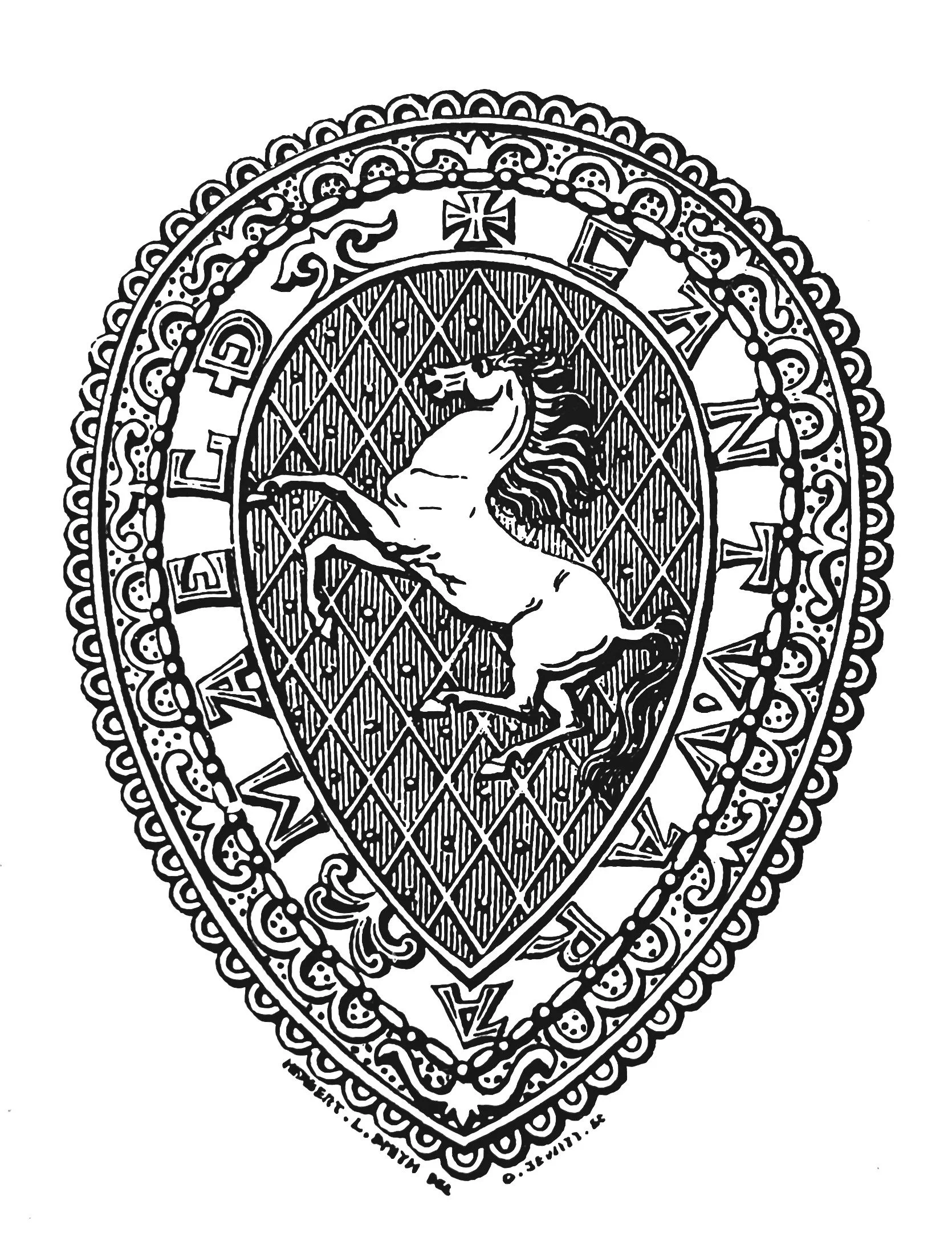
KAS Newsletter, Issue 33, Winter 1995
Cold War bunker restoration, Holy Trinity incumbents, parsonage preservation, book reviews, and fieldwork updates.
Contributions to the next issue are welcome. See the guidance for contributors and contact Editor Craig Campbell.
Search page
Search within this page here, search the collection page or search the website.
Previous
Previous
Archaeology: Further Opportunities For Part-Time Study
Next
Next


